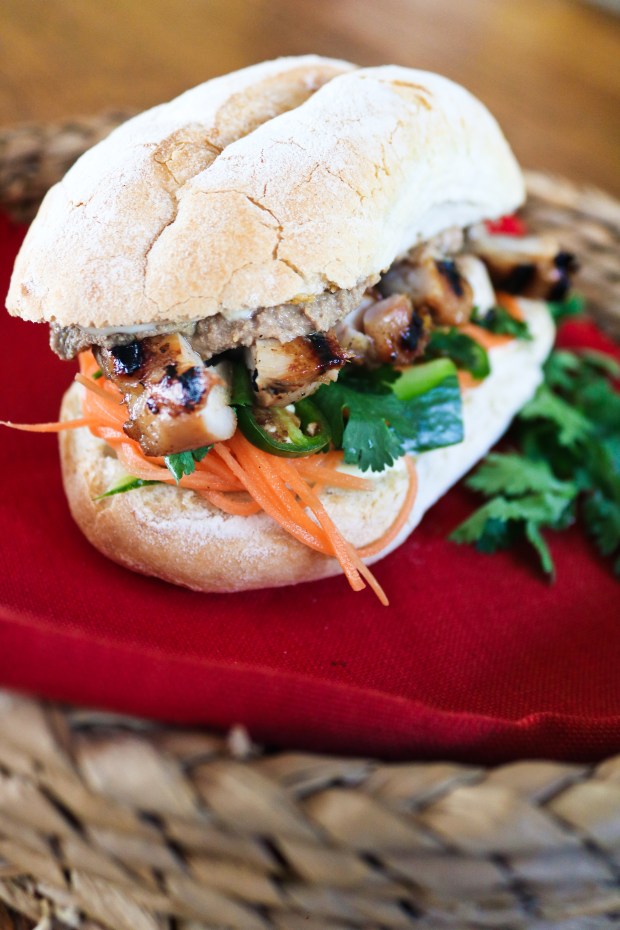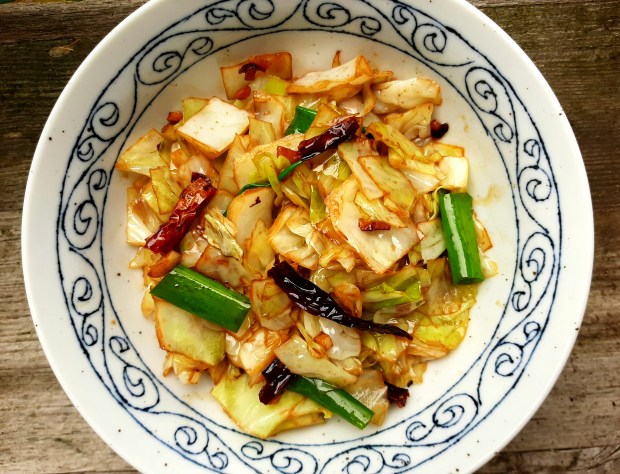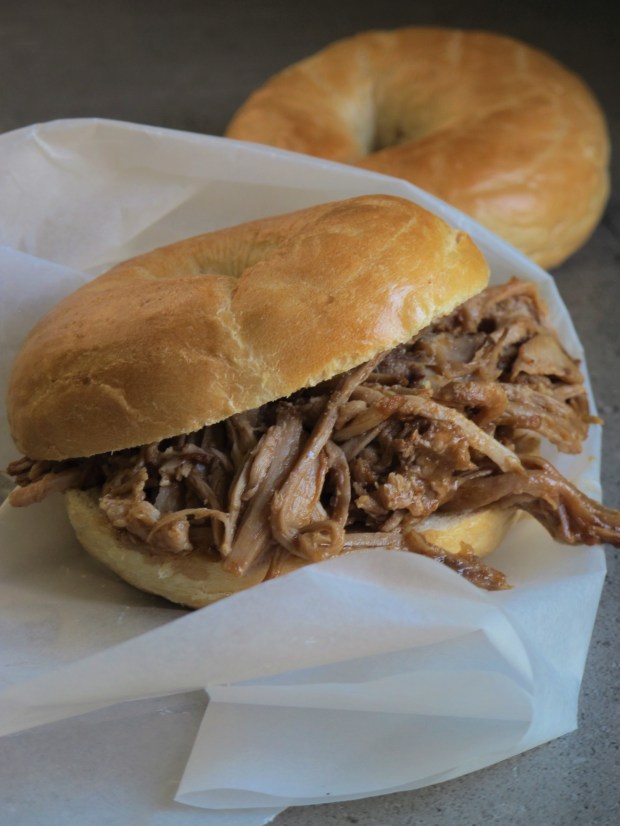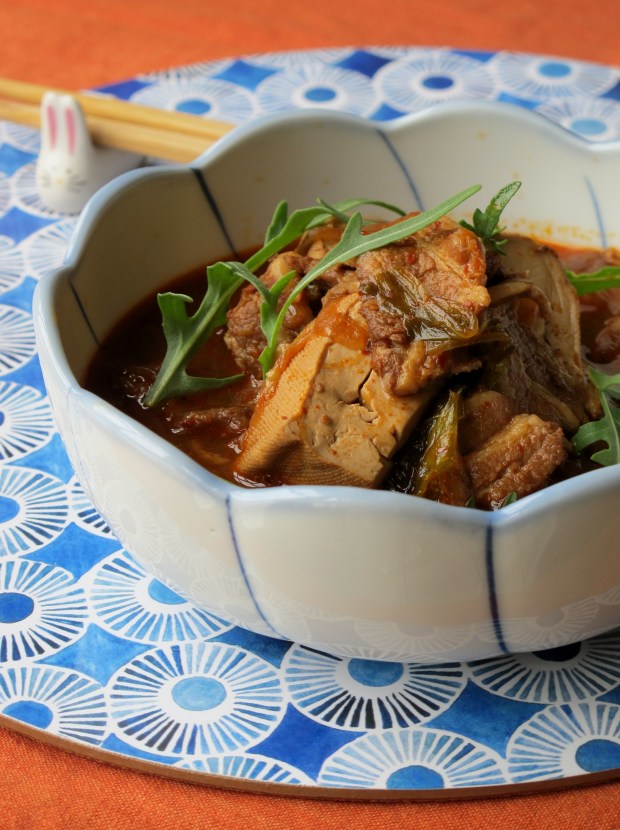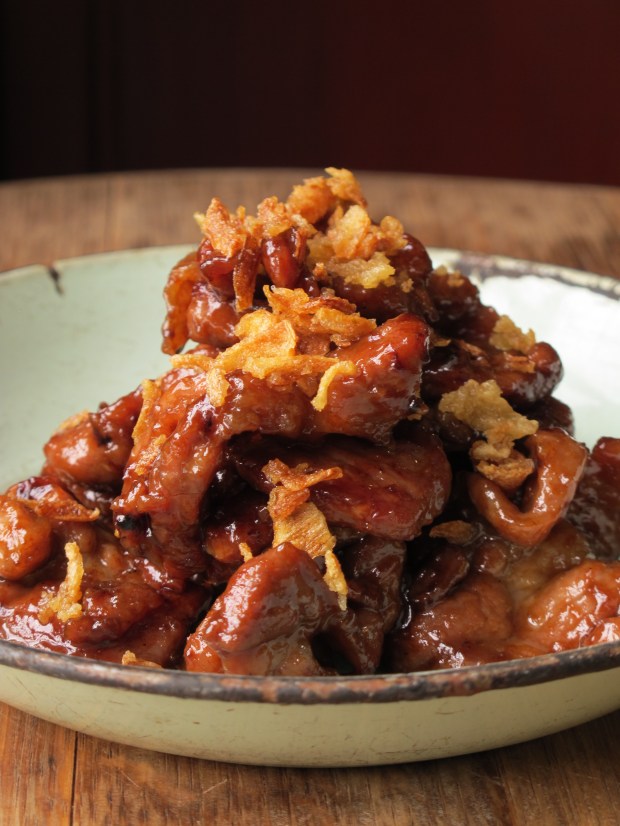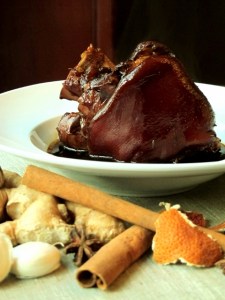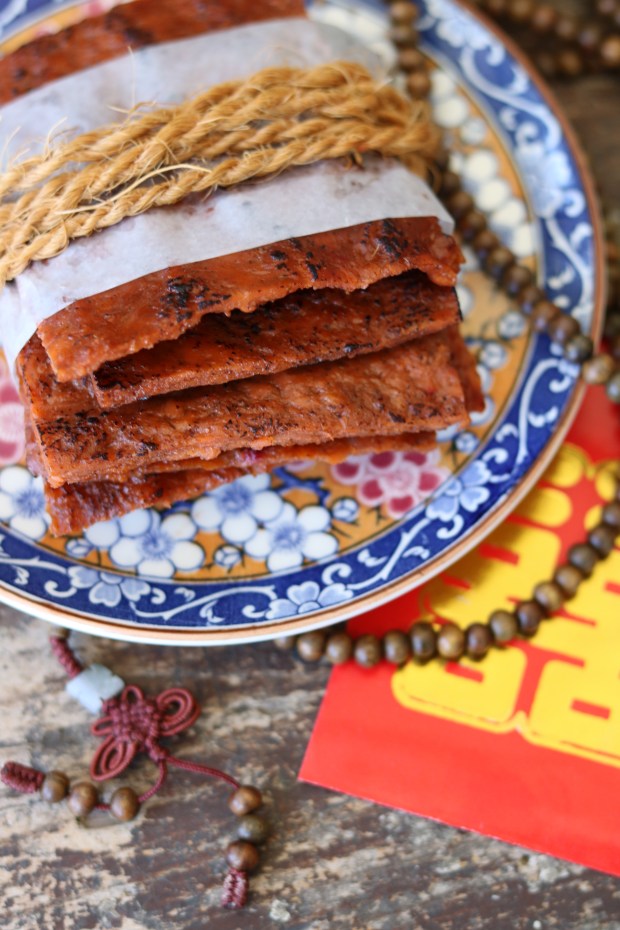Ingredients:
400g boneless chicken thighs, or pork neck steaks
1 large fresh baguette, cut into 4
Mayonnaise
½ cucumber, cut into batons
1 large green chilli, finely sliced
Fresh Coriander (Cilantro)
Maggi Seasoning Sauce (sub: light soy sauce)
Optional Extra: Chicken or pork liver pâté
Pickled Carrots:
2 large carrots
½ cup white sugar
1 cup white rice vinegar
½ TSP salt
Marinate:
2 TBSP light soy sauce
2 TBSP fish sauce
2 TBSP brown sugar
2 stalks lemongrass (outer skins removed), finely minced
2 garlic cloves, finely minced
½ TBSP sesame seed oil
1 TBSP cooking oil
Salt and ground white pepper, a pinch of each
METHOD:
- Thinly shred the carrots using either a mandolin or by hand. In a pot, heat up the sugar, vinegar, and salt until the sugar dissolves. Leave to cool then pour over the carrots. Leave to pickle overnight, or for at least a couple of hours.
- If using pork, slice the meat thinly across the grain. If using chicken, leave the thighs whole. In a mixing bowl, combine all the marinate ingredients. Add the meat and mix well. Leave to marinate for as long as possible – preferably overnight, or for at least a couple of hours.
- Heat a griddle pan till just smoking, lay the marinated meat in a single layer onto the pan. Leave to sear for 2 minutes, then flip the meat over for another couple of minutes, or until the meat cooks through and is slightly charred. Place the cooked meat in a bowl and leave to one side to rest.
- Spread the mayonnaise on both sides of the baguette, the sprinkle over a few drops of Maggi Seasoning Sauce/light soy sauce over the mayo. Optional: spread a generous amount of chicken liver pâté on one side of the baguette (on top of the mayonnaise).
- Divide the meat between the 4 sandwiches. If using chicken, cut the meat into medium bite-sized chunks.
- Top with the pickled carrots, sliced chilli, coriander and cucumber.
- Place the top half the baguette over the sandwich and give it a light squish to help the favours meld.
